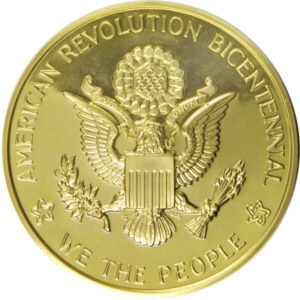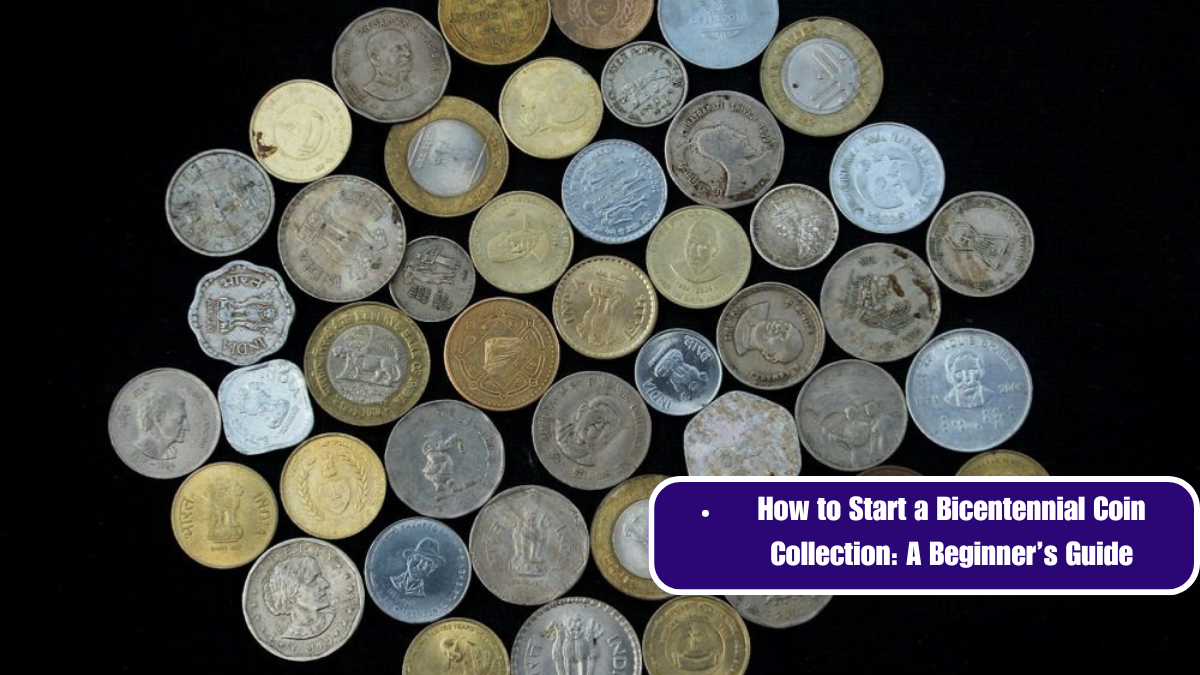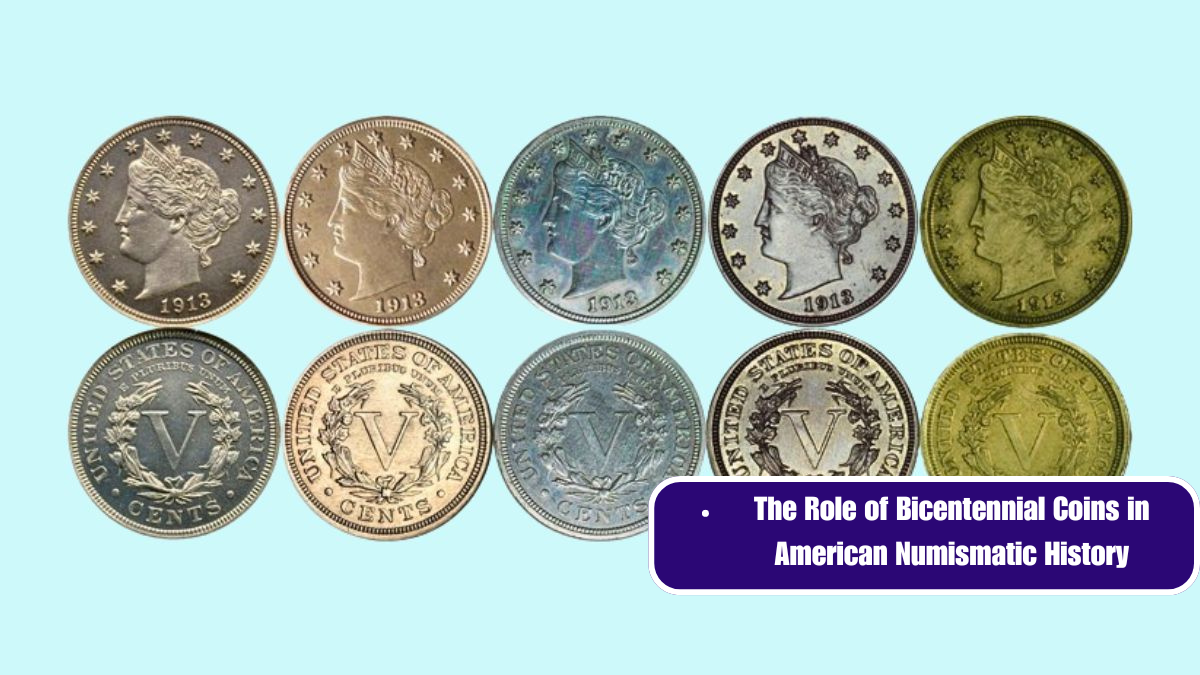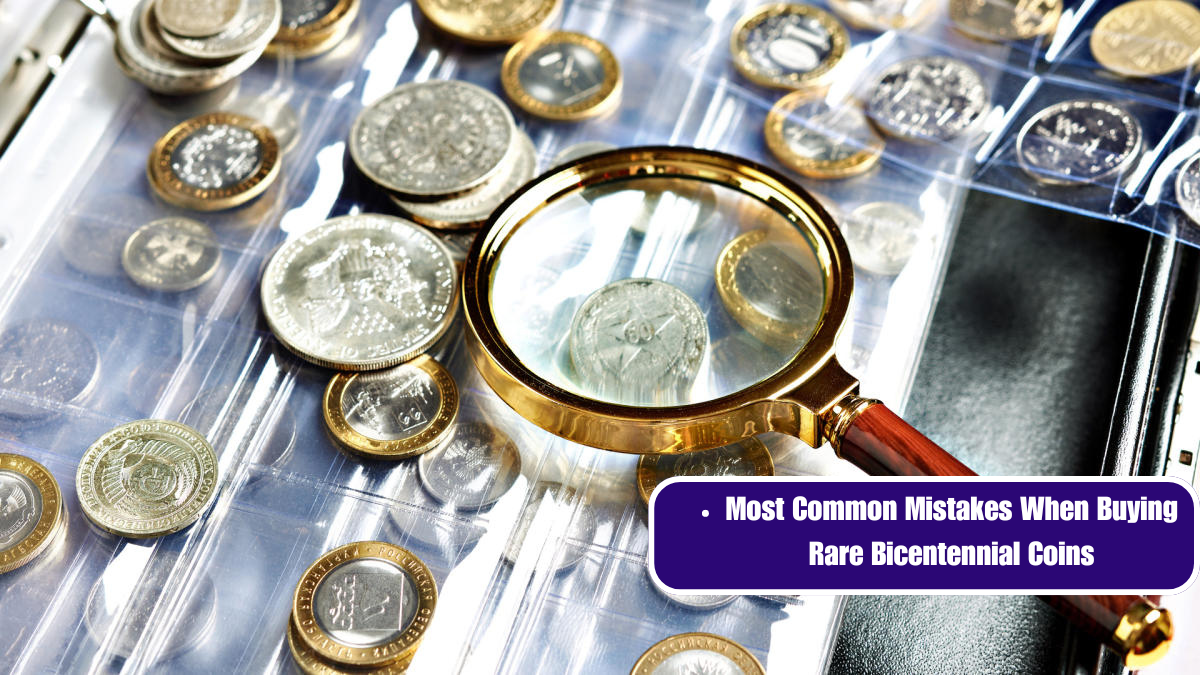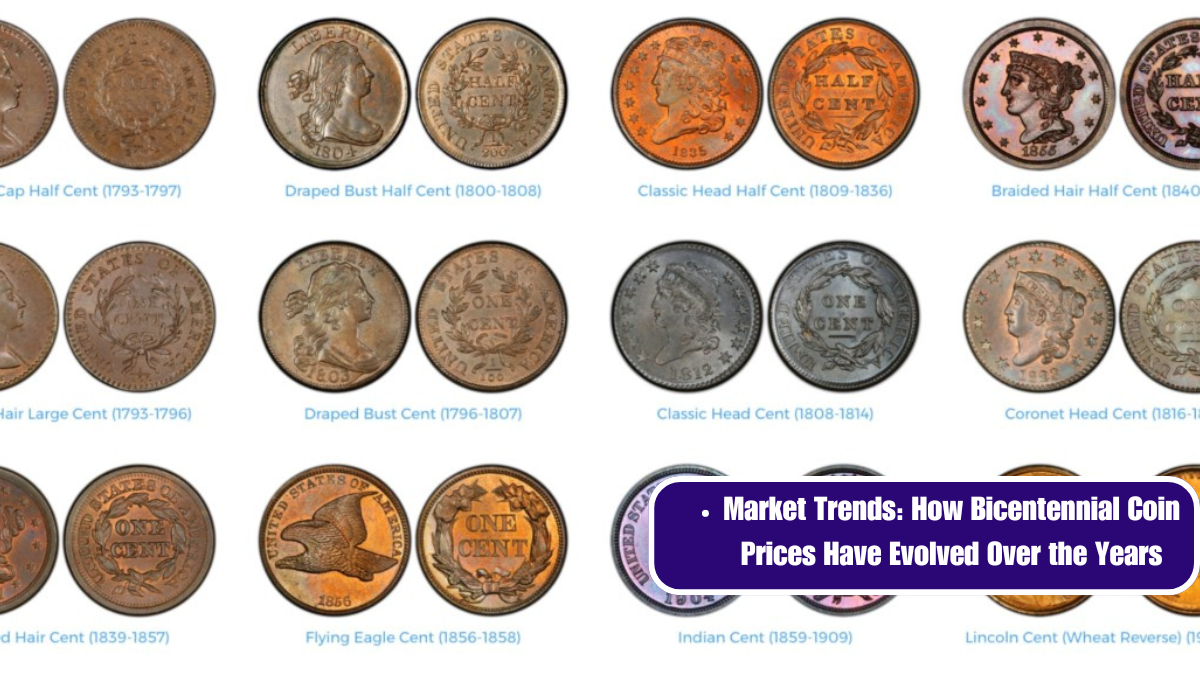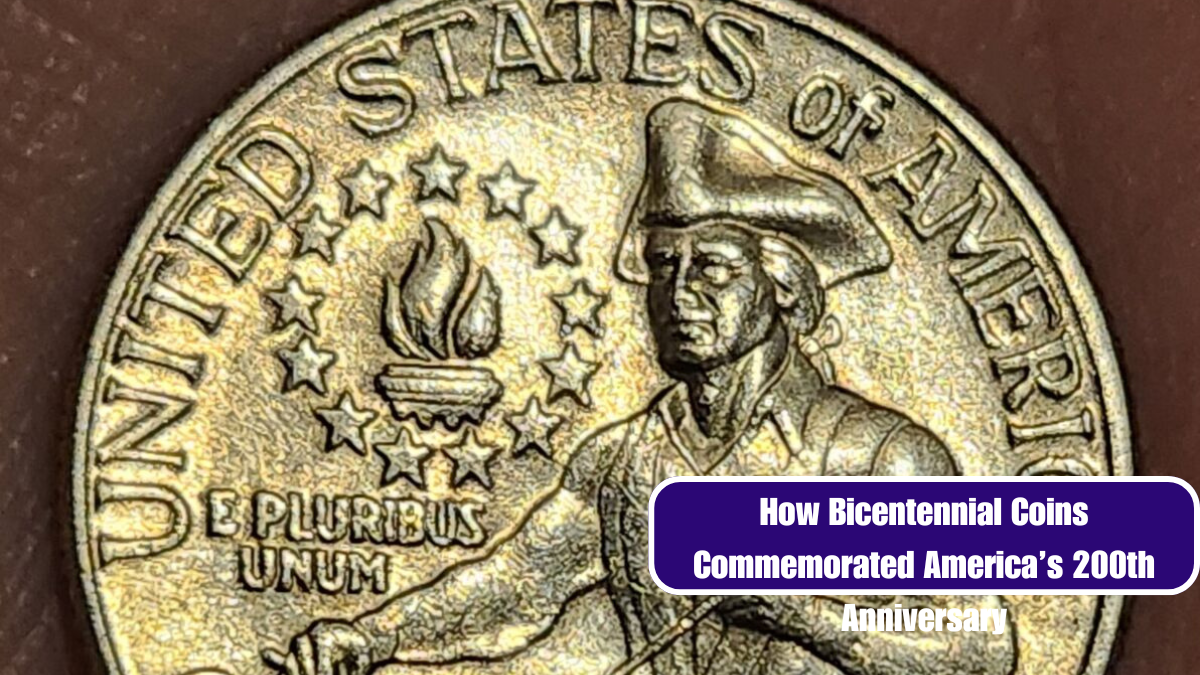As we reflect on the rich history of American numismatics, the Bicentennial coins of 1976 stand out as a unique chapter. Minted to commemorate the 200th anniversary of the United States, these coins have become a fascinating subject for collectors. While the coins themselves are a symbol of national pride, their value in the numismatic world often hinges on a small but significant detail: the mint mark.
The Bicentennial Coin Series
In 1976, the U.S. Mint produced a special series of coins to celebrate the nation’s 200th birthday. The series included the quarter, half dollar, and dollar coins, each featuring distinctive Bicentennial designs. The quarter showcased a rendition of the Colonial drummer, the half dollar depicted Independence Hall, and the dollar featured the Liberty Bell superimposed on the Moon. While these designs were unique to the Bicentennial year, the mint marks on these coins can reveal much more about their rarity and value.
Understanding Mint Marks
Mint marks are small letters stamped onto coins to indicate where they were produced. For the Bicentennial series, the mint marks are particularly noteworthy. Coins minted in Philadelphia lack a mint mark, while those from Denver are marked with a “D,” and those from San Francisco bear an “S.” These marks play a crucial role in determining the rarity and, consequently, the value of the coins.
The Rarity Factor
1. Philadelphia Mint Coins
Coins minted in Philadelphia in 1976 did not carry a mint mark. As a result, they are often more common and less valuable compared to their “D” and “S” counterparts. Collectors typically find these coins in greater abundance, which impacts their rarity and value.
2. Denver Mint Coins
The “D” mint mark on Denver-produced coins signifies a smaller mintage compared to Philadelphia. While still not the rarest, Denver coins can be more sought after, especially in higher grades or with unique attributes such as uncirculated or proof conditions.
3. San Francisco Mint Coins
San Francisco-minted coins are where the real excitement lies for collectors. The “S” mint mark appears on proof coins, which were specially made with a mirror-like finish for collectors and not for general circulation. These coins are less common and can command higher prices, particularly if they are in pristine condition. Among the San Francisco coins, the Bicentennial half dollars and quarters are especially prized.
Collecting Tips
For those interested in building a collection of Bicentennial coins, here are some tips to enhance your pursuit:
- Check Mint Marks: Always examine the mint mark on each coin. The “S” mint mark will typically be the most valuable, especially in proof condition.
- Condition Matters: Coins in higher grades (such as MS65 or better for uncirculated coins, and PR65 or better for proof coins) will be worth significantly more than those in lower grades.
- Look for Variations: Some Bicentennial coins have minor variations or errors, such as double-struck designs or unique die breaks, which can add to their value.
- Authenticity: Ensure that your coins are authentic. Consulting with a reputable coin dealer or getting coins certified by a professional grading service can help establish their legitimacy and value.
The Bicentennial coins are more than just mementos of America’s 200th anniversary; they are a testament to the artistry and craftsmanship of the U.S. Mint. The mint marks on these coins, while small, are key indicators of their rarity and value in the numismatic market. Whether you are a seasoned collector or just beginning, understanding the significance of these mint marks can greatly enhance your appreciation and collection of these historic coins.


